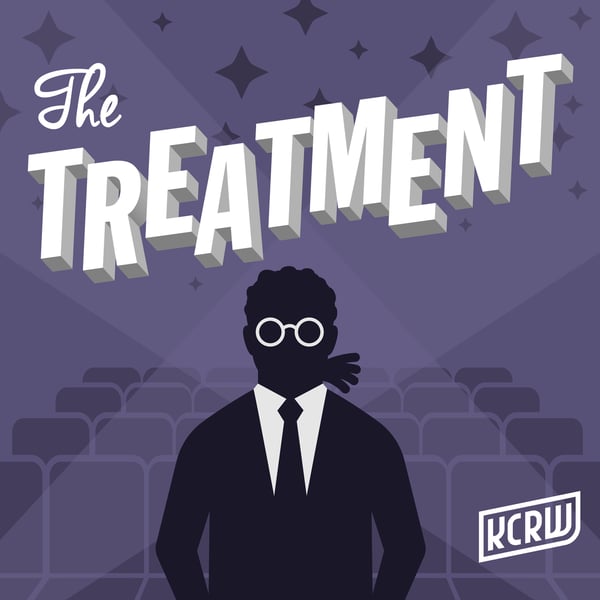Summary
In the 1930's and 40's, comic books were as popular as movies -- and more influential. So much so that serious steps were taken to stop them. Writer David Hajdu (Lush Life, A Biography of Billy Strayhorn, Positively 4th Street) examines this controversy in his new book, The Ten-Cent Plague, and illustrates it.
Transcript
Click on a timestamp to play from that location
| 0:00.0 | From KCRW in Santa Monica, this is The Treatment. |
| 0:17.7 | Welcome to the treatment, which you can also hear at KCRW.com. |
| 0:21.3 | My guest writer David Tade, I think does books that we could call it safely, books on Creative American Ambition. |
| 0:27.1 | If we looked at his amazing biography of Billy Strayhorn, Lush Life, which asked a question at the very beginning in the preface. |
| 0:33.1 | What about Billy Strayhorn? |
| 0:34.3 | I think if you look at his new book on comics as social phenomenology, |
| 0:38.1 | the Tencent Plague, that question might be, what about Frederick Wortham? David, thanks so much |
| 0:42.3 | for being here. Thanks for having me on. But I do think the books have all been about this ambition |
| 0:47.1 | in America. These people kind of look down on what they do, a little bit of these comics writers. |
| 0:51.2 | They all sort of had other ambitions in some other kind of ways and found themselves an interestingly creatively realized by this thing that was in the |
| 0:58.6 | 30s and 40s as big as movies. Right. I mean all three of the books are about various kinds of |
| 1:03.3 | ambition, not so much just ambition in the traditional sense and the careerist sense. There |
| 1:09.8 | about creative ambition. |
| 1:11.6 | And I think in all three cases about Utre ambition, about outsider status, |
| 1:16.9 | about outsiders of various kinds, seeking to express a pride in their identity as outsiders in one way or another, |
| 1:26.9 | certainly in the case of Billy Strayhorn, who was the closest thing to what we would call |
| 1:31.0 | being out or being open about it in the 1930s and 1940s, and that he never denied it, never |
| 1:36.8 | pretended to be anything other than what he was. |
| 1:39.9 | And then in the case of the Bob Dylan in his circle, we forget how radical folk music |
| 1:46.4 | was in its time and how radical the idea of doing something poetic and rock and roll was |
| 1:51.4 | at its time. |
| 1:53.0 | And here in this book, we have outsiders of all sorts trying to express oddball ideas |
... |
Please login to see the full transcript.
Disclaimer: The podcast and artwork embedded on this page are from KCRW, and are the property of its owner and not affiliated with or endorsed by Tapesearch.
Generated transcripts are the property of KCRW and are distributed freely under the Fair Use doctrine. Transcripts generated by Tapesearch are not guaranteed to be accurate.
Copyright © Tapesearch 2025.

